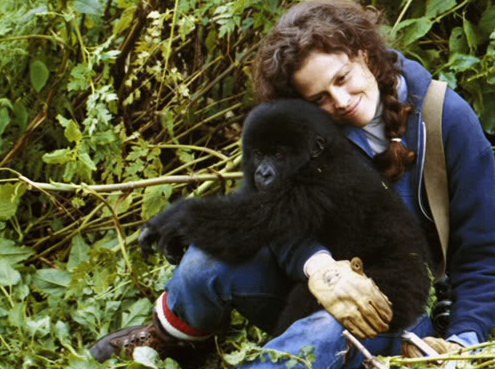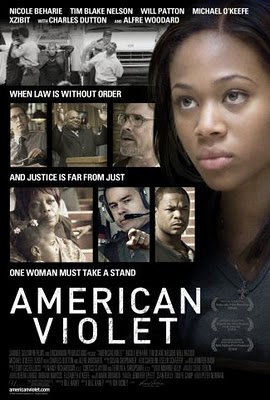What’s Love Got to Do With It? by Candice Frederick
Bassett’s was not only one of the defining performances for women in cinema; it was also one that became a benchmark for actresses of color. Her riveting portrayal role was further punctuated by the remarkable writing. Many lead roles for women of color since then are often subordinate characters. And in many other instances, they’re the tough, ever wise figures, which don’t often allow them inhabit any other emotion. Even in the heavily lauded yet divisive drama, The Help, we saw the stories of two African-American characters glossed over and unrealized, lacking the measure of which they were worthy. Overall, too many roles written for African-American actresses have them simply orbiting around the larger story of the movie without actually being a part of it and making any real impact.
The Fat Body (In)Visible by Stephanie Rogers
The New York Times published an article by Roni Caryn Rabin in 2008 titled, “In the Fatosphere, Big Is In, or at Least Accepted.” The author highlights several writers in the blogosphere who focus on Fat Acceptance and the HAES (Healthy at Every Size) Movement.
Rabin describes the Fatosphere as follows:
The bloggers’ main contention is that being fat is not a result of moral failure or a character flaw, or of gluttony, sloth or a lack of willpower. Diets often boomerang, they say; indeed, numerous long-term studies have found that even though dieters are often able to lose weight in the short term, they almost always regain the lost pounds over the next few years.
She continues:
Fat acceptance bloggers contend that the war on obesity has given people an excuse to wage war on fat people and that health concerns—coupled with the belief that fat people have only themselves to blame for being fat—are being used to justify discrimination that would not be tolerated toward just about any other group of people.
Undesired by Martyna Przybysz
Undesired, with interviews and images shot by Walter Astrada, whom I believe to be a very courageous photojournalist, brings to light this painful and current social issue still faced by many. According to Reuters, modern day India is the fourth most dangerous place in the world for women to live, but it seems like it is also one of the most difficult ones for a female life to even begin. Gender inequality and the desire to rectify it, let alone feminism, seem like completely foreign concepts for certain classes. There is also a seeming contradiction in this entire predicament – if a woman is to be perceived as the bearer of life, how can she be made to bring about this life’s actual end?
The September Issue by Amber Leab
Grace Coddington is a former model and the creative director at Vogue. She even started working there on the same day as Wintour. She is intelligent, reflective, and an artist to Wintour’s manager persona. Coddington isn’t afraid to stand up to Wintour (whose lack of empathy was famously fictionalized by Meryl Streep in 2006’s The Devil Wears Prada) either, and flawlessly uses her every resource, including the documentary film crew, to her advantage. Viewers may see her as being cutthroat, but she’s an artist fighting for her vision, her work, and she’s earned it. She’s 68 and has spent her whole life in this industry, working for British Vogue and Calvin Klein before joining Wintour.
Monster by Charlie Shipley
We know the mass-culturally-sanctioned narrative about Patty Jenkins’ directorial debut, Monster: Charlize Theron got “ugly” and delivered a tour de force turn as serial killer Aileen Wuornos that was hailed by Roger Ebert in an effective, rare use of Travers-esque hyperbole as “one of the greatest performances in the history of the cinema.” That quote made it to countless one-sheets and adorns the DVD cover of the film, and perhaps rightly so; Theron’s performance (or “embodiment,” as Ebert puts it) so overwhelms the mise-en-scène and soundscape of the film that Christina Ricci’s stern gaze on the DVD packaging seems little more than a futile attempt to market the film visually as a buddy film gone terribly wrong. Thelma & Louise, this is not.
Poster Girl by Amber Leab and Stephanie Rogers
Nesson also juxtaposes photos of Robynn prior to her Army experience–where she’s in a cheerleading uniform, smiling and having fun with friends–with the post-Army Robynn, a tattooed, pierced, PTSD victim who stares at the former photos as if they couldn’t possibly be her. And they aren’t anymore. The new Robynn is an activist who speaks out against war and gun violence, even while dealing with debilitating panic attacks.
Marie Antoinette by Megan Kearns
Women were reduced to their vaginas, only valued if they got pregnant so they could produce an heir. No one bothers Louis XVI about this, even though he’s the one who doesn’t want to have sex. Nope, just the woman; of course she’s to blame. Eventually after 7 years with no children, Marie Antoinette’s brother, the Holy Roman Emperor, talks to him. But Marie Antoinette is repeatedly blamed for not becoming pregnant. Clearly her body and reproduction are her only salient attributes in the eyes of society.
American Violet by Amber Leab
It’s impossible to not love Dee–a beautiful woman, a kind and patient mother, a hard worker, and a caring friend. Her temper gets the best of her once in the film, but she’s protecting her children from their alcoholic father and his accused child molester girlfriend, and can hardly be faulted for it. I’m inclined to think the movie tries too hard to make her character likable. In contrast, Dee’s friend and neighbor Gladys–who is not a conventionally attractive woman, and does not have four adorable children trailing her–is a compelling and empathetic character, but the film completely drops the ball, even failing to credit the actor who plays her. Gladys is Dee’s inspiration for continuing to fight the DA even after her charges are dropped (because Gladys took a plea deal, while Dee would not), but we don’t get to explore Gladys or her situation. I’m curious as to why she’s part of the story, but not really allowed to be a character in the film. While the movie is about Dee, I would’ve liked to get to know Gladys a bit.
Gorillas in the Mist by Carrie Nelson
But as the film goes on, the references to beauty cease, and it becomes clear that these lines are not comments on Dian’s gender identity but on the materialism that she gradually gives up as she becomes committed to living among the mountain gorillas. The lines about clothing and make-up eventually stop, and Dian lets go of the previous signifiers of her femininity. It isn’t that she becomes masculine, as Weaver’s character in the Alien series is often perceived – it’s that she no longer needs these material possessions and outward signifiers to feel comfortable in the world and convey her identity. Dian’s transformation is subtle, but it adds significant depth to her characterization as she becomes comfortable in her new surroundings.
Joan Rivers: A Piece of Work by Amber Leab
Rivers is an odd character. Being a superstar female comic alone is odd in the U.S.–only a few came before her–but we get a very real look at her life, at the troubles she has faced (her husband’s suicide) and continues to face, and at the loneliness that certainly helps her drive to fill her daily calendar. She is vulnerable and still nervous when going on stage, especially when pursuing what she calls the one sacred part of her life–her acting–in which she hasn’t seen a lot of personal success. I came to find her more compelling and interesting than my initial perception of her, and encourage anyone to see this film and learn more about a woman who refuses to stop.
As much as I like this movie, I can’t help but write this review through the lens of an interview Satrapi gave in 2004, in which she claimed to not be a feminist and displayed ignorance of the basic concept of feminism. I simply don’t believe gender inequality can be dissolved through basic humanism—especially in oppressive patriarchal societies like Iran. I wonder if feminism represents too radical a position to non-Westerners, and if her statements were more strategy than sincerity. Making feminism an enemy or perpetuating the post-feminist rhetoric isn’t going to help anyone. That said, this is a very good movie and I highly recommend it.
Gloria: In Her Own Words by Megan Kearns
Gloria: In Her Own Words covers Steinem’s childhood in a working-class neighborhood in Toledo, Ohio and her early career as a journalist. One of her assignments involved going undercover doing an expose on the Playboy Club. Through the unfolding of her history, she discusses gender disparity in wages and sexual harassment. In 1970, women earned half of what men earned. Women were told that they couldn’t handle responsibility or couldn’t maintain the same level of concentration as men. And of course, women were told their place was in the home. She said that if you were pretty, people assumed you got assignments based on your looks. Of course it couldn’t be due to a woman’s intelligence or work ethic. Silly me. Steinem also revealed that her boss sexually harassed her at the Sunday Times.
Heart Like a Wheel by Melissa Richard
Coming from a family of amateur drag racers (and a family where women outnumber men), it’s no surprise that my super-duper #1 female idol as a kid was Shirley Muldowney. A three-time National Hot Rod Association Top Fuel champion, Muldowney has been a part of professional drag racing since the mid-1960s and faced innumerable obstacles gaining entry into the boy’s club of the NHRA. Although not the first woman to race, she was the first to be licensed as a professional competitor and ran cars for the better part of nearly four decades, retiring only due to lack of sponsorship in 2003. Naturally, at the height of her career in the 70s / early 80s, her gender made excellent material for a biopic of her life, Heart like a Wheel (1983). And, perhaps just as naturally, the film does a pretty disappointing job of capturing the complexity of a woman who struggled to break the gender barrier in professional drag racing.
Women and Biopics–Where Are the Best Picture Nominations? by Stephanie Rogers
I don’t have much analysis to offer here because it feels quite obvious to me that 1) Hollywood doesn’t care that much about women’s stories (gasp!) and 2) the stories that Hollywood does manage to tell about women often get much less critical praise. Is that because the films about women are just … worse? Or is it that, again–as is the case with everything from parenting to politics–we hold women to a much higher standard, imposing a level of scrutiny that makes it impossible to focus on women’s successes in the same ways we showcase the achievements of men?
The Blind Side, Take 1 by Stephanie Rogers
No. No to the over-abundant racial stereotypes showcased throughout the film. No to the kind-hearted southern woman as the Black man’s White Savior. No to the shallow, embarrassing, surface-level portrayal of class issues. No to the constant heavy-handed references to God and prayer and sexual morality. No to falling back on the tired tropes of wives as mommies and women as over-bearing and emasculating ball-busters. No to this film’s best picture nomination. Just … no.
The Blind Side, Take 2 by Nine Deuce
Let me say up front that I’m aware that I’m supposed to feel sorry for Sandra Bullock this week. She’s purported to be “America’s sweetheart” and all, she has always seemed like a fairly decent person (for an actor), and I think her husband deserves to get his wang run over by one of his customized asshole conveyance vehicles, but I’m finding it difficult to feel too bad. I mean, who marries a guy who named himself after a figure from the Old West, has more tattoos than IQ points, and is known for his penchant for rockabilly strippers? Normally I’d absolve Bullock of all responsibility for what has occurred and spend nine paragraphs illustrating the many reasons Jesse James doesn’t deserve to live, but I’ve just received proof in the form of a movie called The Blind Side that Sandra Bullock is in cahoots with Satan, Ronald Reagan’s cryogenically preserved head, the country music industry, and E! in their plot to take over the world by turning us all into (or helping some of us to remain) smug, racist imbeciles.
Frida by Amber Leab
The film isn’t just about living with disability, though; it’s about thriving in spite of it, about having a full life in which disability is only a part. Kahlo does not “overcome” her physical problems; she spends a lot of time painting in bed, she has good times and bad, and all of this she channels into her work. As a person who lives with disability, it’s damn near inspiring to see a character–based on a real-life person–who struggles and who achieves great things. And great things Kahlo did achieve. Her body of work includes 143 paintings, 55 of which are self portraits. One of her paintings was the first work by a 20th century Mexican artist to be purchased by the Louvre in Paris, she had a one-woman show in Paris, and has become significantly more famous since her death in 1958. Her work is intensely personal, representing most often pain and the broken self. Not only is this work autobiographical–depicting her own pain and suffering–but it is also overtly feminist. Kahlo painting herself in surrealistic representations of womanhood and pain legitimizes female experiences as worthy of high art. Like so many culturally valued enterprises (filmmaking, for one), men tend to dominate the art world. Kahlo–and the film Frida–challenges those patriarchal norms.
Two Documentaries About Aileen Wuornos: The Selling of a Serial Killer and Life and Death of a Serial Killer by Gabriella Apicella
Aileen Wuornos’s story is the antithesis of the American Dream and highlights the causality of crime: abused, abandoned, neglected, poverty-stricken, violated, exploited, shunned, condemned, tormented and eventually killed. It seems understandable that after being repeatedly raped by a family member as a child, living homeless in woods until teenage years, turning to prostitution to make enough money for food and shelter, and then being beaten and raped brutally, that she would, in desperation, reach for a gun and kill. The mythology around serial killers demonstrates that there is a perversion and obsession that perpetrators feed with their crimes, yet in Wuornos’s case that does not appear to have been true, as the killings she committed were apparently borne from fury and, in at least one case, from self-defence. If she had not experienced so much abuse and neglect, would she have gone on to kill? This can never be known, and her crimes can never be excused. Indeed, it is not possible to know what really happened on the nights of the killings.
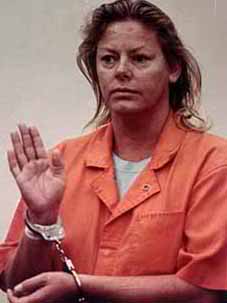

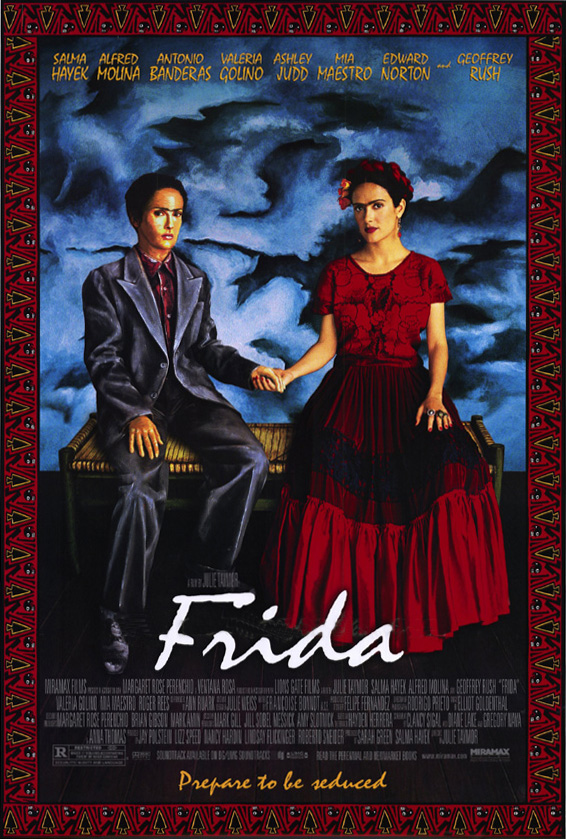

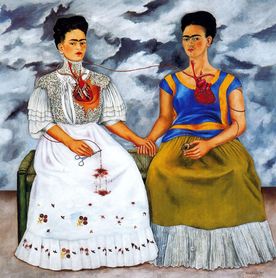
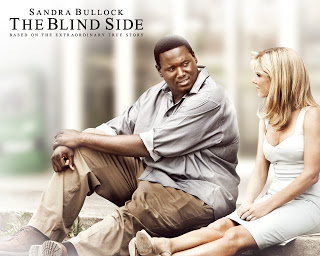
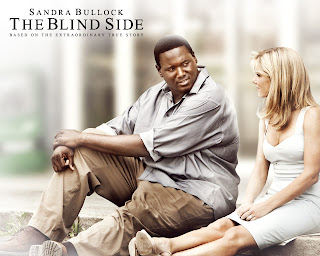
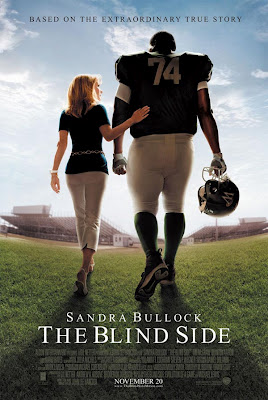

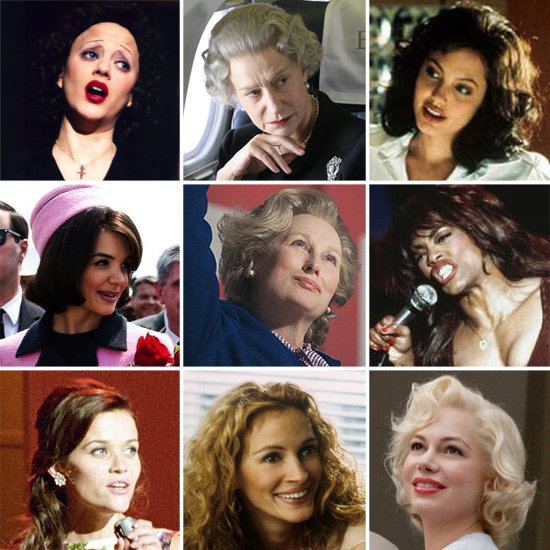





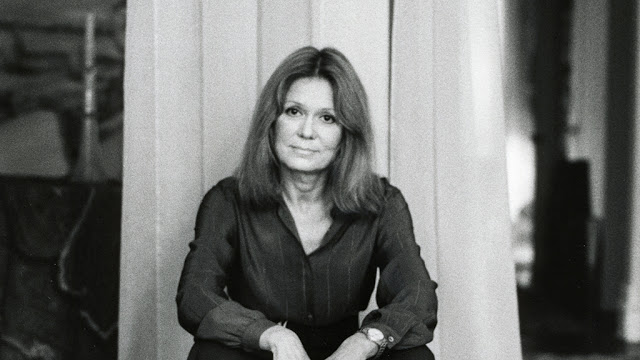
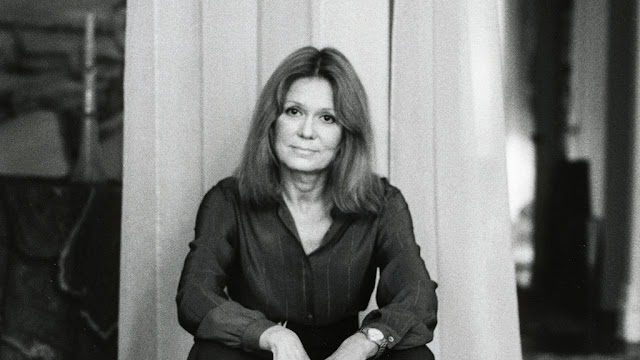
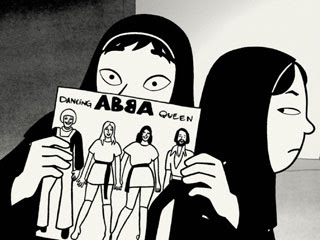

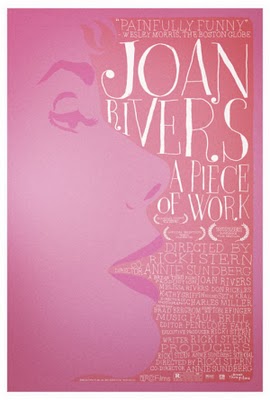

 ,
,  , and the forthcoming
, and the forthcoming 